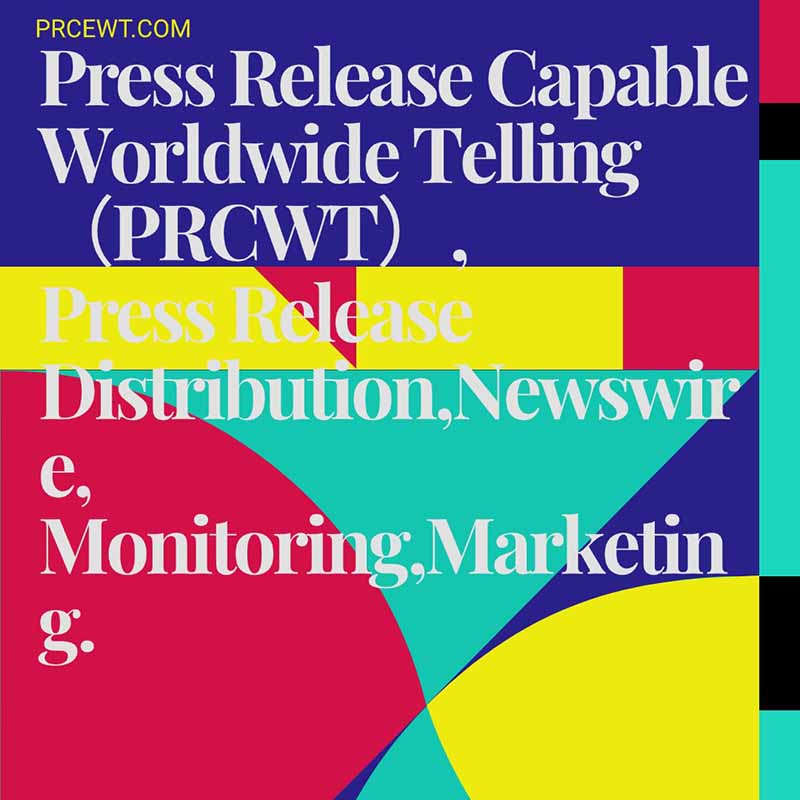In the digital age, media monitoring has become an essential tool for businesses and organizations to stay informed about the latest trends and conversations in the marketplace. It involves the systematic tracking and analysis of various media sources, including social media, news websites, blogs, and traditional media outlets. By monitoring media, companies can gain valuable insights into consumer sentiment, brand perception, and emerging issues that may impact their business.
One of the key benefits of media monitoring is its ability to provide real-time information. In today's fast-paced world, news and trends can spread rapidly, and it's crucial for businesses to be able to respond quickly. With media monitoring tools, companies can track mentions of their brand, products, or services as they happen, allowing them to take immediate action if needed.

Another advantage of media monitoring is its ability to help companies understand their customers better. By analyzing the language and tone used in media mentions, businesses can gain insights into how their customers feel about their brand and what they expect from it. This information can then be used to inform marketing strategies and improve customer satisfaction.
Media monitoring also plays a crucial role in crisis management. In the event of a crisis, it's essential for companies to be able to respond quickly and effectively to protect their brand reputation. By monitoring media in real-time, companies can identify potential issues before they escalate and develop a crisis communication plan accordingly.

In conclusion, media monitoring is a powerful tool that can provide businesses with valuable insights into the marketplace and help them make informed decisions. By staying on top of the latest trends and conversations, companies can build stronger brands, improve customer satisfaction, and manage crises more effectively.